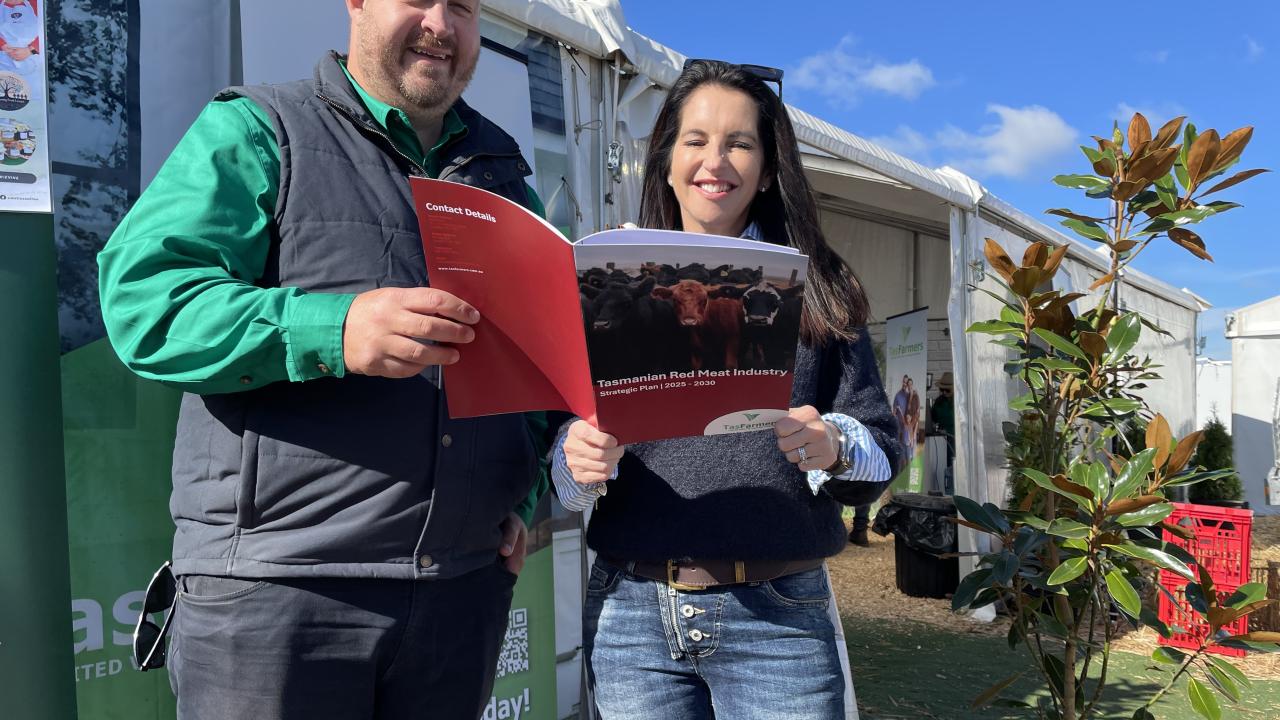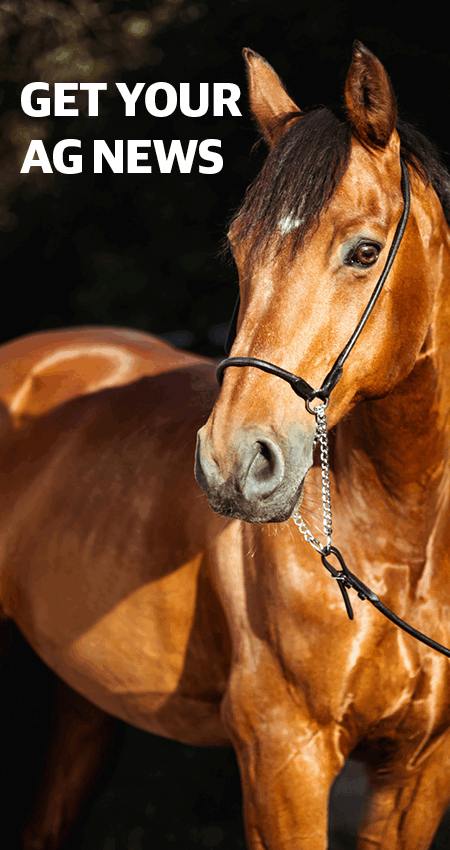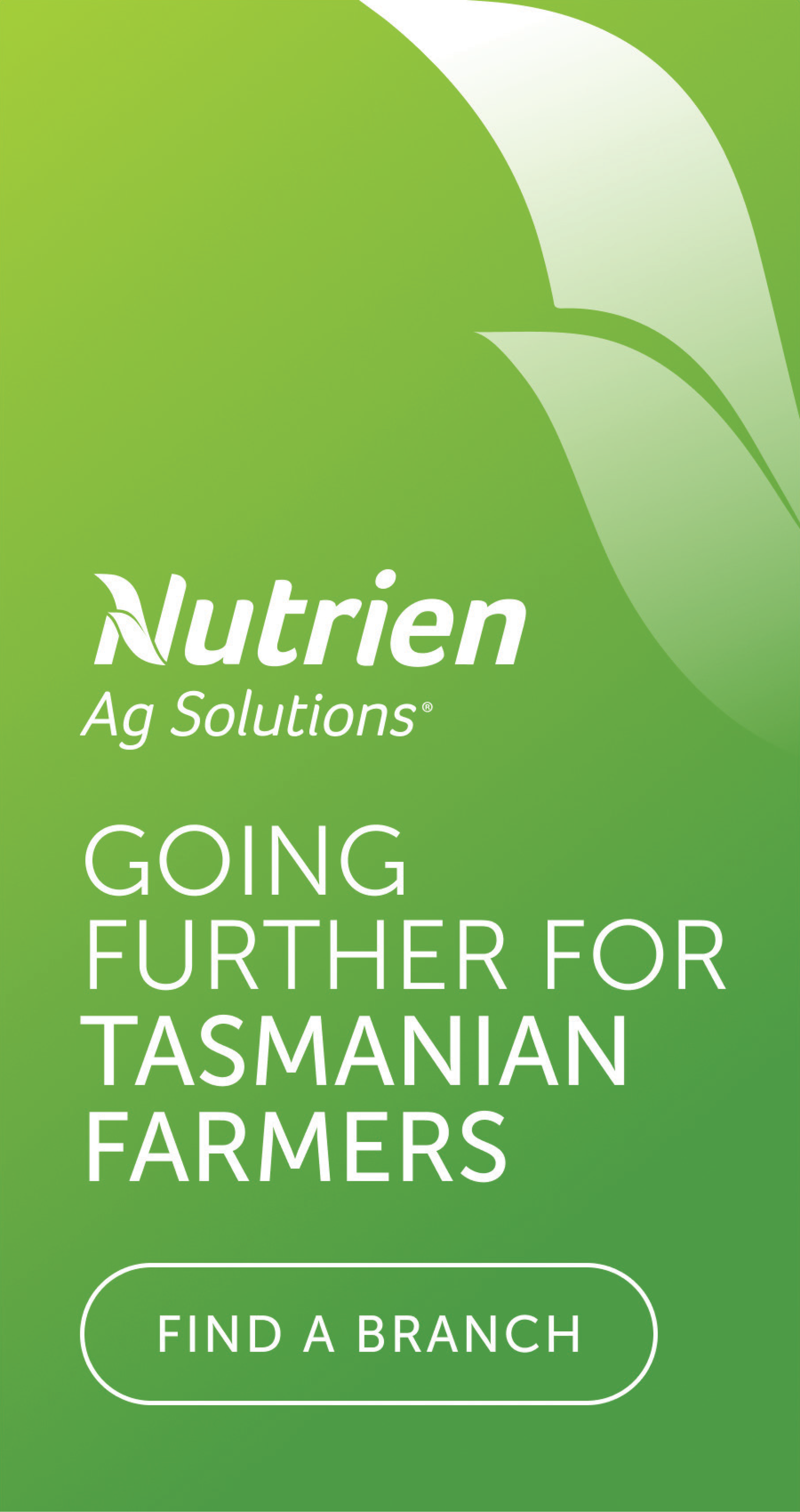Five key points for better beef in plan for industry growth

With climate change expected to benefit red meat production in Tasmania, the latest strategic plan for the industry has been released.
The state government provided TasFarmers $60,000 to consult with industry stakeholders and develop the Tasmanian Red Meat Industry Strategic Plan 2025-2030.
The plan has five strategic pillars: on-farm productivity, future processing needs, animal health and welfare, climate adaptation, and branding and marketing.
TasFarmers CEO Nathan Calman said there were several ways to improve on-farm productivity.
“That can be looking at things like breeding practices and new breeds,” Mr Calman said.
“It can be looking at things like how do we leverage feed lots within the state to finish cattle and make sure we’re turning off high-quality beef year-round.
“And likewise, it can be looking at how we might be able to use genetic screening – for example – to improve productivity gains through our genetics.”
Mr Calman said TasFarmers would work with industry to ensure a “really strong business case” for growing processing in the state.
“When animals have to travel less distance to their processing destination, that’s better for the animals and better for the quality of the meat.
“I think we just need to work with industry around developing business cases that stack up for both them and producers so that we’re creating processing jobs and flow-on jobs within the supply chain that can benefit everyone.”
In terms of animal welfare, Mr Calman said education was key.
“But it’s also about making sure that producers have the tools and understanding of what best-in-class animal welfare management actually looks like.
“Last year, a huge amount of work was done around establishing standards and best practices.
“It’s now about extension, but also having a zero tolerance policy, because often it can be the very small minority that can actually cause issues for the broader industry that aren’t reflective of the broader industry.”
Unlike other parts of Australia, climate change helps improve the productivity of red meat production in Tasmania.
We’ll have a warmer winter and normalised rainfall, which will actually mean that our growing season for grass and fodder will be longer,” Mr Calman said.
“That means we can produce more red meat. So we need to get farmers ready and thinking about climate change proactively.”
Mr Calman said promoting and growing the red meat industry in Tasmania was a priority.
“When people are buying Tassie-branded beef and lamb, they’re wanting to know that it’s both grown here and processed here.
“And then its about putting a brand on that people are willing to pay for.
“We do have the Bass Strait separating us from a lot of the consumers that are demanding those products, so being able to attract a price benefit for producers to offset the freight cost is really important.
“And I think what we’ve seen in other sectors of the agricultural community is people are willing to pay for it because it’s a really high-quality product.”
Primary Industries Minister Jane Howlett said the government was hoping to increase Tasmania’s farm gate value to $10 billion by 2050.
“We’re certainly on the right track. We had a 5 per cent increase this year, which is fantastic, and the only way is up.”




Add new comment